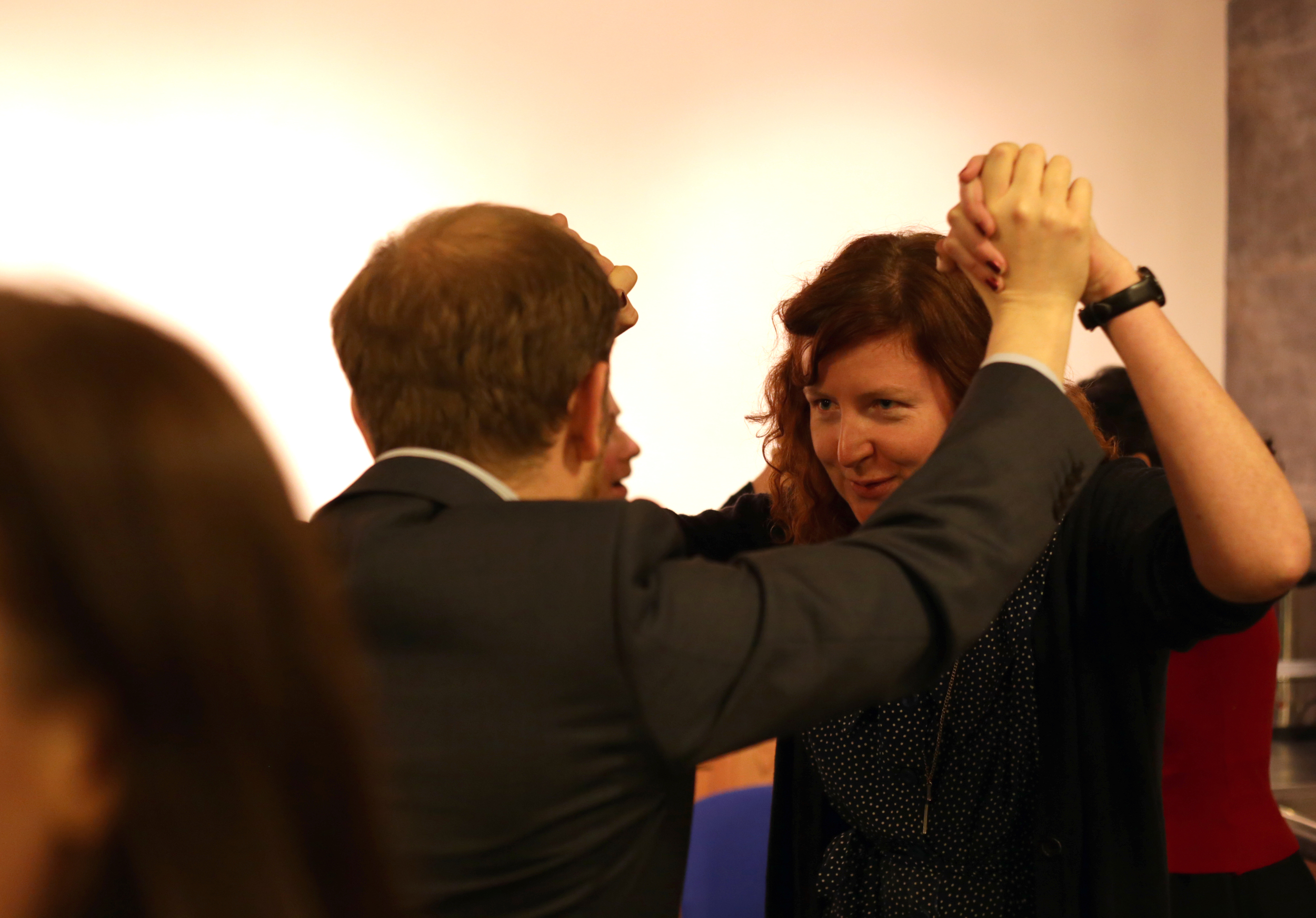It happens to the best of us. Even the sturdily self-assured. (And the nicest.) You’re going about your business when you suddenly encounter someone like you, but better. They might do your dream job, or live the life you seek. Or simply navigate the world with more ease. Whatever it is, your heart sinks. Welcome to ‘compare and despair’.
A brilliant business coach diagnosed me with ‘compare and despair’ when I was launching Chirp. I’d just Googled an old friend and, having discovered that she was now Very Successful, confessed to feeling A Bit Rubbish.
I’ve met plenty of people who’d rather you didn’t succeed because they perceive success as finite, rather than abundant. As if it’s ‘one in, one out’. But that wasn’t the problem here. I felt incredibly proud of my friend. And I knew the comparison was a) unsound, and b) unhelpful. But it still hit home.
As it happens, I was in good company. Comparison, it seems, is part of the human condition. The American psychologist Leon Festinger first coined the term ‘social comparison theory’ in the ‘50s, but the subject was widely researched before and has been since.
And the thing is, comparison isn’t inevitably bad. It can help you assess where you stand in the world. It can help you see just what's possible. And it can motivate you to get to where you want to be. (Of which, more later.)
What isn’t helpful is serving up your comparison with a large dollop of inadequacy. It’s so easy to conclude that, because someone else seems to be succeeding, you must be failing. Or at least falling behind.
And that sort of muddled thinking can make you feel there’s no point in even trying. That you’re destined for mediocrity instead of meteoric rise. And so to plunge yourself into despair without working out what success means to you in the first place.
So how do you avoid despair when you compare? Here are some of the techniques I share with my clients (and use myself).
1. Name it
There’s something incredibly reassuring about acknowledging ‘compare and despair’. So I encourage my clients not only to recognise, but to name it. This can also be hugely freeing. Rather than ruminating and feeling rubbish, you can process what you’re feeling faster. And then move on.
2. Convert despair to share
Help yourself to a dose of whatever your chosen subject is doing. Focus on what's within your control, remember not everything will be, and ask for advice if you can.
This can be useful for big life changes, but comes into its own on a smaller scale. Look for the tools, techniques and behaviours that you think make the other person successful. It might be engaging particular colleagues, or asking for specific feedback, or being clear about expectations. Be curious and think laterally.
If you notice something you think is useful, try it out for yourself. Like anything new, it might take time to inhabit it in a way that feels authentic. So be willing to adopt, adapt and discard depending on what proves useful and right for you.
3. Get started
Ever see someone doing something you could have done? And decide that ship has sailed? You might be right, of course. On the other hand, someone else might simply have done the groundwork for you and shown what’s possible. Which is actually quite helpful.
The only way to find out is to begin. Late so often is better than never. So start small, experiment lots, and learn as much as you can from the subjects of your comparison.
Incidentally, for me this meant dipping my toe into online provision. Funnily enough, as soon as I gave it some serious thought opportunities came my way. Serendipity is a marvellous thing. But more to the point, having the idea in mind meant I was not only scanning the horizon for opportunities, but then able to accept them with confidence.
4. It really is about you
Perception is (almost) everything. How you see someone may not align with their perception of themselves. And while you’re busily comparing, the focus of your despair is probably doing the same to someone else (or to you).
‘Compare and despair’ is never really about the other person. They just happened to be there at the right time to connect with your particular worry or desire. So, rather than racing an unwitting competitor, try to measure yourself against what you really want. If seeing what someone else has done gives you the proverbial kick you need to get going, then all good. And if it gives you pause and helps you work out what you really want, then that’s fortuitous too.



![Image by Ali Shaker/VOA [Public domain], via Wikimedia Commons](https://images.squarespace-cdn.com/content/v1/563f8bf2e4b0ff7145098067/1472151695809-JC7V689SLIXUWSML5012/Michelle+Obama+at+the+DNC+July+2016)








